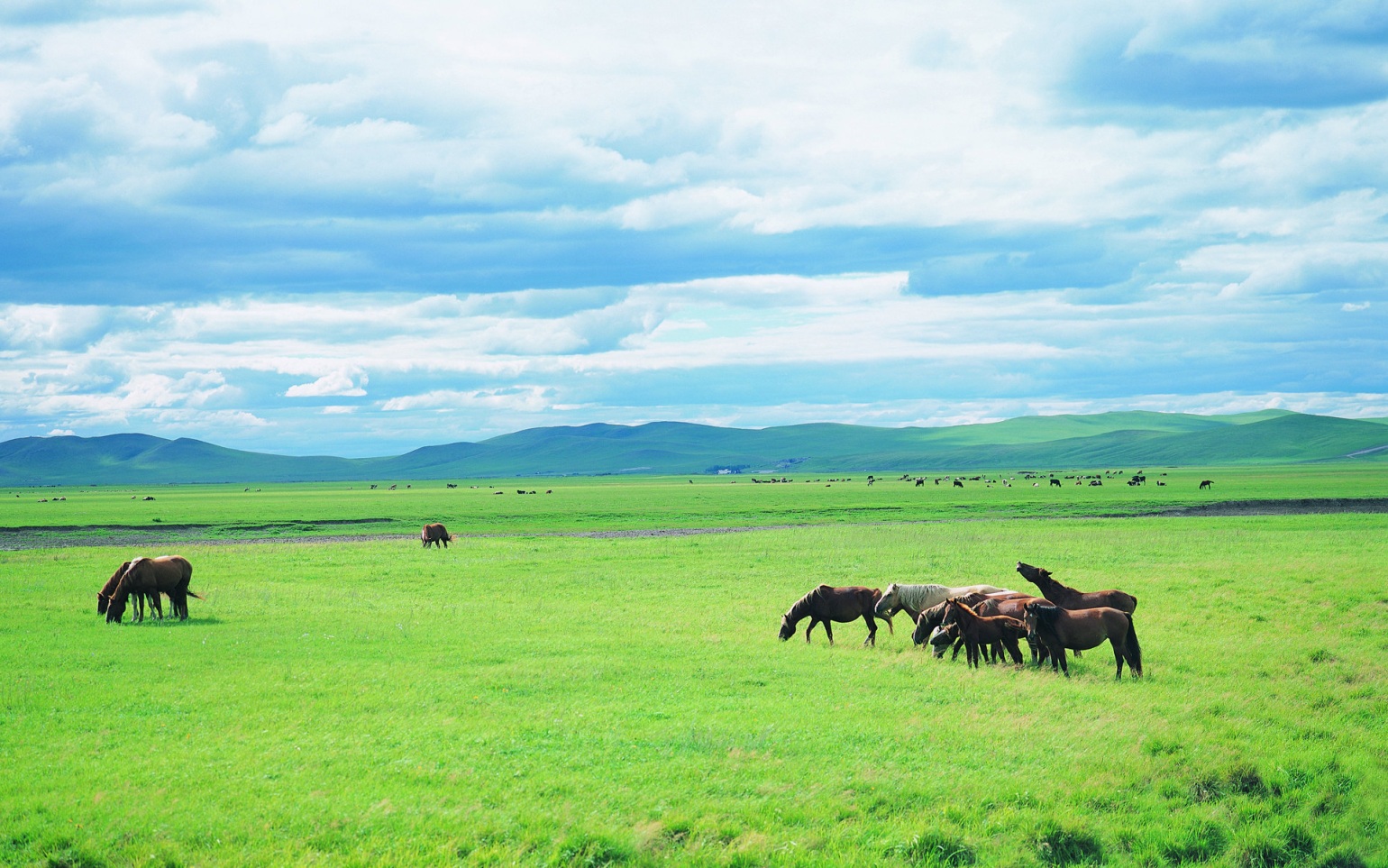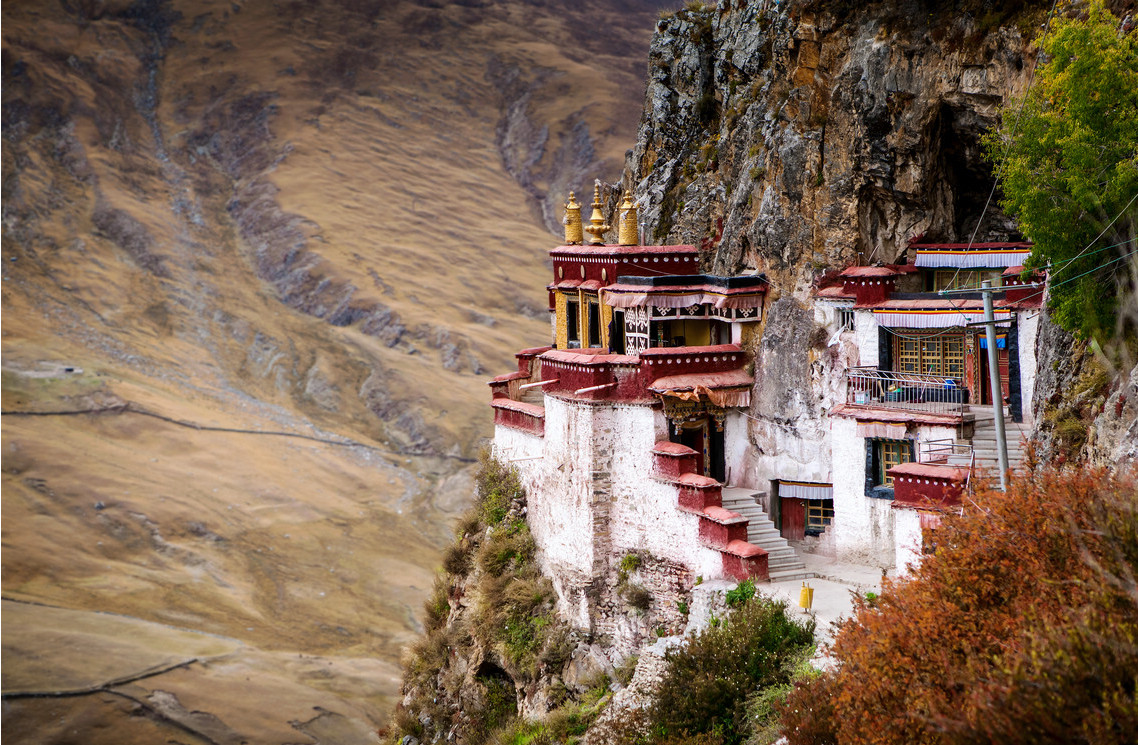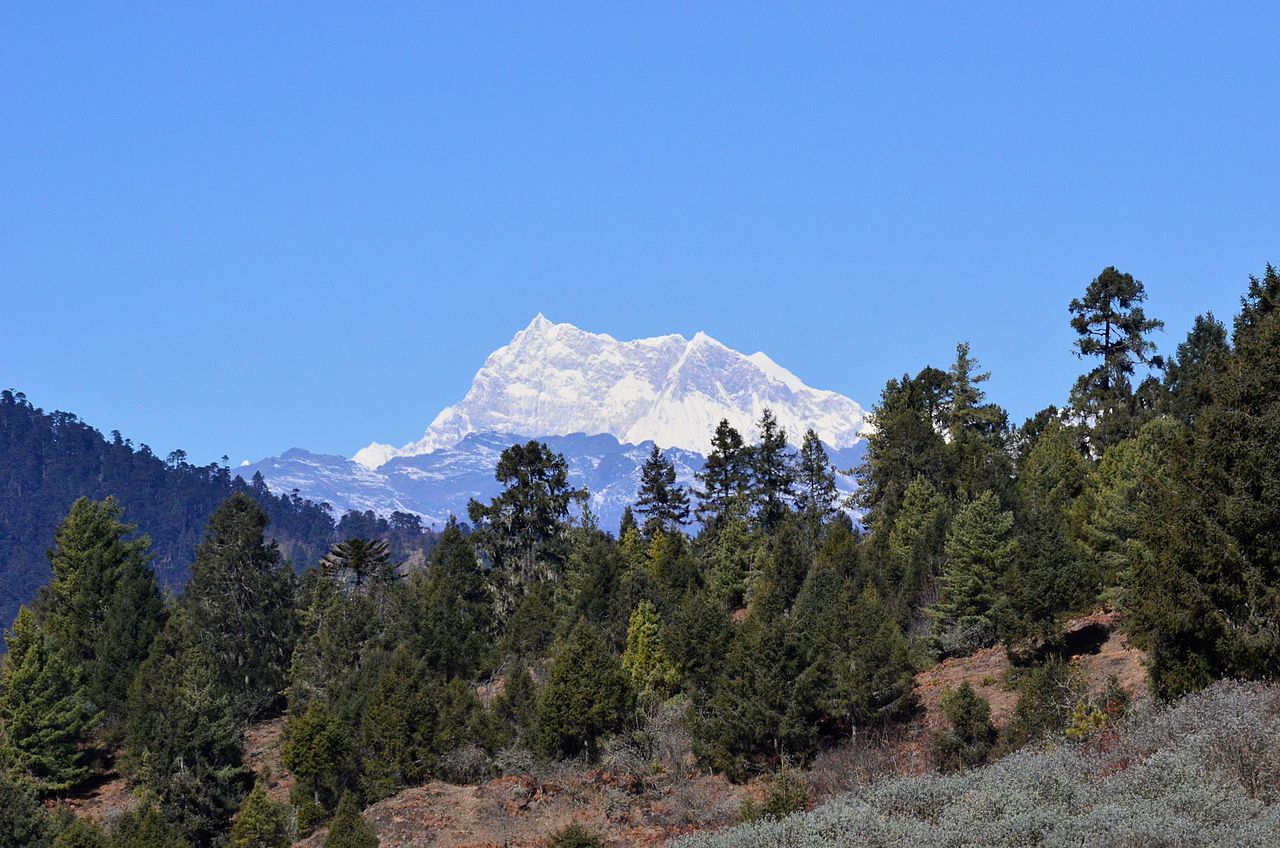
Deutsch-Chinesische Enzyklopädie, 德汉百科
 Xizang Zizhiqu-XZ
Xizang Zizhiqu-XZ


Drag Yerpa (tib.: brag yer pa; chinesisch 叶巴寺, Pinyin Yeba si oder 耶巴寺) ist ein bis auf das 7. Jahrhundert zurückgehendes Felsenkloster des tibetischen Buddhismus.
Die Höhlen des Klosters befinden sich in der Nähe des Dorfes Yerpa am Fuße des Berges Yerpa Lhari (tib.: yer pa lha ri; chin. 叶巴山 Yeba Shan), ca. 30 km nordöstlich von Lhasa im Kreis Tagtse Dzong. Es gilt als eine der heiligsten Höhlen dieser Region. Viele berühmte Persönlichkeiten haben hier verweilt – darunter Songtsen Gampo aus der Yarlung-Dynastie, Padmasambhava, Atisha, Vairocana sowie Gendün Gyatsho – und zur großen Heiligkeit des Ortes beigetragen.




燃灯日(藏语:དགའ་ལྡན་ལྔ་མཆོད།,藏语音译甘丹阿曲,又译甘丹五供),是格鲁派为首的藏传佛教僧众于每年藏历10月25日以甘丹寺为中心、为纪念缅怀宗喀巴示寂涅槃而举行的宗教仪轨。每年的这一天,甘丹寺僧人会在大殿中用彩色矿石粉绘制坛城,用木料、酥油、糌粑塑制出各种神鬼、动物、花果、树木等形象并饰以五彩,供人祭祀和祈祷[1],与此同时,其他格鲁派僧众会在各自寺院内外的佛坛与家中窗台上点燃酥油灯,昼夜不灭[2],举行诵经、磕头、灯供仪式等活动,祈愿宗喀巴赐与善良的人们智慧与福祉[3]。
Galdan Namchot ist ein Fest, das in Tibet, Nepal, der Mongolei und vielen Regionen des Himalaya, insbesondere in Ladakh, Indien, gefeiert wird. Es dient dem Gedenken an die Geburt, das Parinirvana (Tod) und die Buddhaschaft von Je Tsongkhapa (1357-1419 n. Chr.), einem berühmten Gelehrten/Lehrer des tibetischen Buddhismus, dessen Aktivitäten zur Gründung der Gelug-Schule des tibetischen Buddhismus führten. Galdan Namchot markiert auch den Beginn der Neujahrsfeiern in Ladakh.

Ganden (tib.: dga' ldan) ist eines der „Drei Großen Klöster“ (tib.: gdan sa gsum) der Gelug-Schule des tibetischen Buddhismus. Es liegt auf dem Berg Drog Riboche (tib.: 'brog ri bo che) im Kreis Tagtse Dzong (tib.: stag rtse rdzong) ca. 50 Kilometer östlich von Lhasa auf einer Höhe von 4300 Metern im Autonomen Gebiet Tibet der Volksrepublik China.
甘丹寺,位于拉萨达孜县境内拉萨河南岸海拔3800米的旺波日山上。旺波日山犹如一头卧伏的巨象,驮载着布满山坳、规模庞大的建筑群,充分体现出传统藏传佛教寺院建筑因地制宜,寺庙傍山而立,群楼重叠,巍峨壮观。 该寺是黄教六大寺中地位最特殊的一座寺庙,它是由藏传佛教格鲁派的创始人宗喀巴于1409年亲自筹建的,可以说是格鲁教派的祖寺,清世宗曾赐名为永寿寺。 该寺是格鲁派的祖寺,与哲蚌寺、色拉寺合称拉萨“三大寺”,清世宗曾赐名为永寿寺。寺院全称“甘丹朗杰林”,甘丹是藏语音译,其意为“兜率天”,这是未来佛弥勒所教化的世界。可见该寺僧侣信奉“弥勒净土”。宗喀巴的法座继承人,历世格鲁派教主甘丹赤巴即居于此寺。寺内还保存着历代甘丹赤巴的遗体灵塔九十余座,并藏有许多明代以来的文物和工艺品。



 Gansu Sheng-GS
Gansu Sheng-GS

 History
History
 Qinghai Sheng-QH
Qinghai Sheng-QH
 Sichuan Sheng-SC
Sichuan Sheng-SC
 Xinjiang Uygur Zizhiqu-XJ
Xinjiang Uygur Zizhiqu-XJ
 Xizang Zizhiqu-XZ
Xizang Zizhiqu-XZ
 Yunnan Sheng-YN
Yunnan Sheng-YN

格萨尔王传(藏语:གེ་སར་རྒྱལ་པོ་,威利:Ge-sar rgal-po,蒙古语:ᠭᠡᠰᠡᠷ
ᠬᠠᠭᠠᠨ),流行在西藏和中亚地区的著名史诗,目前在西藏、蒙古和土族中间尚有140位演唱艺人在说唱这部史诗。
格萨尔王传已经存在有一千多年,长达60万诗行,相当于印度史诗《摩诃婆罗多》3部长,《罗摩衍那》15部,是世界最长的史诗。讲述传说中的岭国国王格萨尔的故事,对藏传佛教影响很大。
格萨尔王传在目前有多达五十多种不同的版本,但仅中国大陆发行的藏文版本就已达到120册,分29章。而第一个印刷发行的版本是1716年,在北京发布的蒙古文版。
Gesar[1] ist ein epischer tibetischer König, dessen Heldentaten in von Barden vorgetragenen Gesängen, in ihrer Gesamtheit Gesar-Epos genannt, beschrieben werden. Dieses Epos gilt als der größte zentralasiatische Epenzyklus.
Dieses Korpus von Erzählungen enthält das Grundmotiv vom Kampf des guten tibetischen Herrschers Gesar, der als Mensch geboren wird, jedoch viele göttliche Fähigkeiten hat, gegen das Böse in der Welt. Gesars kriegerische und listenreiche Taten werden in ganz Zentralasien von Ladakh bis in die Mongolei, besonders aber in Osttibet, in Form von Gesängen tradiert, daher wird es meist Gesar-Epos genannt. Es existiert unter anderem in tibetischer, mongolischer (ᠭᠡᠰᠡᠷ
ᠬᠠᠭᠠᠨ ᠤ
ᠲᠤᠭᠤᠵᠢ, Гэсэрийн тууж) und türkischer Sprache. Die Vortragenden waren und sind z. T. noch spezielle Gesar-Barden, die teilweise Texte im Umfang dicker Bücher memorieren können.
Das Epos ist sehr umfangreich und nimmt seinen Anfang mit der Entstehung der Welt. Es wurde wahrscheinlich für eine Aufführung über mehrere Tage hinweg konzipiert.
The Epic of King Gesar[a] (/ˈɡɛzər, ˈɡɛs-/), also spelled Geser (especially in Mongolian contexts) or Kesar (/ˈkɛzər, ˈkɛs-/), is an epic cycle, of Tibet and greater Central Asia, believed to date from the 12th century, that relates the heroic deeds of the culture hero Gesar,[1] the fearless lord of the legendary kingdom of Ling (Wylie: gling). It is recorded variously in poetry and prose, through oral poetry performance, [2] it is sung widely throughout Central Asia and North East of South Asia. Its classic version is to be found in central Tibet.[3] Some 100 bards of this epic (Wylie: sgrung, "tale")[4] are still active today in the Gesar belt of China.[5] Tibetan, Mongolian, Buryat, Balti, Ladakhi and Monguor singers maintain the oral tradition and the epic has attracted intense scholarly curiosity as one of the few oral epic traditions to survive as a performing art. Besides stories conserved by such Chinese minorities as the Bai, Naxi, the Pumi, Lisu, Yugur[6] and Salar,[7] versions of the epic are also recorded among the Balti of Baltistan, the Burusho people of Hunza and Gilgit[6] and the Kalmyk and Ladakhi peoples,[8][9] in Sikkim, Bhutan, Nepal, and among various Tibeto-Burmese, Turkic, and Tungus tribes.[10] The first printed version was a Mongolian text published in Beijing in 1716.[11]
The epic is composed of a very large body of versions, each with many variants, and is reputed by some to be the longest in the world.[4] Although there is no one definitive text, the Chinese compilation so far of just its Tibetan versions has filled some 120 volumes, more than one million verses,[4] divided into 29 "chapters".[12] Western calculations speak of more than 50 different books edited so far in China, India and Tibet.[4]
L'épopée du roi Guésar — dit aussi Gesar Khan ou Gesar de Ling — est le poème épique le plus célèbre des populations tibétaines1, et mongoles.
Elle comporterait plusieurs millions de vers, ce qui en ferait l'œuvre littéraire la plus longue actuellement connue dans le monde. Composée il y a plus de huit siècles à partir de récits beaucoup plus anciens, elle est encore interprétée de nos jours par plusieurs dizaines de bardes dans les régions de populations tibétaines et mongoles.
L'épopée est inscrite au Patrimoine culturel immatériel de l'humanité depuis 2009 par l'UNESCO2.
L’Epica di Re Gesar, anche scritto Geser (particolarmente in contesti mongoli) o Gesser o Kesar, è un ciclo epico, ritenuto risalire al XII secolo, che racconta le gesta dell'eroe culturale Gesar [1], impavido signore del leggendario regno di Ling. Composto in varie forme di poesia e prosa aventi come stile tipico di rappresentazione lo shuochang cinese[2] e cantato in molte zone dell'Asia centrale e del nord est dell'Asia meridionale, la sua versione classica è rintracciabile nel Tibet centrale.[3] Un centinaio di bardi di questa narrazione epica[4] sono tuttora attivi nella cosiddetta "cintura Gesar" della Cina[5]. La tradizione è mantenuta viva da centinaia di cantastorie tibetani, mongoli, buriati, balti, ladakhi e tu ovvero mongour, e l'epica ha suscitato viva curiosità da parte degli studiosi come una delle poche tradizioni orali epiche sopravvissute in forma di arte performativa. Oltre agli intrecci conservati da minoranze cinesi come i bai, i naxi, i pumi, i lisu, gli iuguri[6] e i salar[7], ulteriori versioni dell'epica si riscontrano anche in Pakistan — tra i balti del Baltistan e i burúšo di Hunza e Gilgit [8], oltre che presso calmucchi e ladakhi[9][10], in Sikkim, Bhutan, Nepal, tra svariate etnie tibeto-birmane, popolazioni di lingue turche e tribù tunguse[11]. La sua prima versione stampata è stato un testo mongolo pubblicato a Pechino nel 1716.[12]
L'epica si compone di un amplissimo corpus di versioni, ciascuna delle quali a sua volta con molte varianti, e secondo alcuni sarebbe la più lunga del mondo.[13] Sebbene non esista un testo definitivo, l'attuale compilazione cinese soltanto delle versioni tibetane ha riempito 120 volumi, più di un milione di versi[14] divisi in 29 "capitoli".[15] Secondo conteggi occidentali, più di 50 libri sarebbero a questo punto pubblicati in Cina, India e Tibet.[13]
El rey Guesar es una epopeya tibetana. Es el escrito más largo del mundo, y actualmente el texto épico más antiguo que conserva vitalidad, y que se sigue recitando y ampliando oralmente hasta hoy en día.
 Music charts
Music charts
 Architecture
Architecture

 Religion
Religion
 Musical instrument
Musical instrument

 Transport and traffic
Transport and traffic
 Mongolei
Mongolei
 Geography
Geography
 Literature
Literature